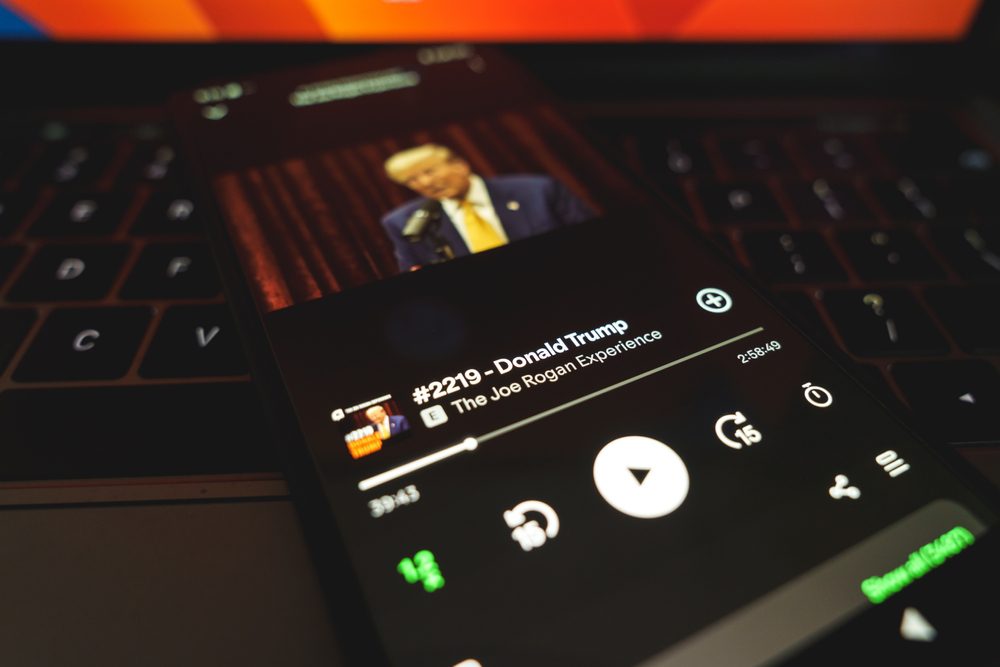Consumers have redefined retail classes of trade, and Cannondale Associates has been taking notes.
Retail consultancy Cannondale last month released a study, Redefining the Retail Landscape, that outlines four new retail segments based on consumers’ shopping patterns.
Most shoppers don’t distinguish retailers in traditional segments — supermarket, mass merchandise, drug store and club store. They choose formats based on the shopping trip: routine replenishment, a big shop, a quick trip or an experience.
Retailers who adopt consumers’ distinctions have the best chance of differentiating themselves, Cannondale argues. Manufacturers should look at retailers differently too, and base their own retail-marketing strategies on each retailer’s distinctive shopper base.
Cannondale and its research partner, Lightspeed Research, concluded that shoppers distinguish between four kinds of outlets:
-
Routine Replenishment: Shoppers make frequent trips and like the shopper card program, store services and wide, consistent selection.
-
Big Shops: Shoppers spend a lot per trip and like bulk products.
-
Experience Makers: Shoppers spend less time shopping, but like unique products.
-
Quick Shops: Shoppers spend the least time and money here, but it is quick to get in and out of the store.
These groupings bring surprising combinations: Consumers consider Target, Trader Joe’s, Whole Foods and CVS to be “Experience Makers”. Cannondale’s “Quick Shops” segment lumps Rite Aid in with 7-Eleven and Dollar Tree. “It doesn’t matter to shoppers if a retailer was called a drug store,” says Cannondale Senior VP Ginny Valkenburgh. “If shoppers think of it as a place to buy convenience food items where they can get in and out quickly, then that retailer and its vendors should seek to provide products and programs with these objectives in mind.”
Wilton, CT-based Cannondale concludes that if retailers were segmented according to how shoppers see them, then manufacturers could develop products and marketing programs to help retailers differentiate themselves. “It’s all about creating a destination with differentiation,” says Cannondale Managing Director Don Stuart. “If retailers can’t demonstrate distinct meaningful benefits to shoppers, then they lose their reason for being.”
Grocers have the biggest hurdle: By 2011, grocers will have lost 20 share points in CPG sales to supercenters, club stores and dollar stores. In 1996, grocers accounted for 46% of sales; by 2011, they’ll have only 26%, Cannondale projects. (Supercenters leap from 4% to 24%; drug stores double from 11% to 22%.)
Cannondale suggests strategies for each of the four new segments. Routine Replenishment stores should encourage browsing; manufacturers should customize products, packaging and marketing programs, explore display and shelving options and optimize product mix.
Big Shops should increase trip frequency; manufacturers should consider developing a convenience section, analyze store layout, and strive for a variety of product and package sizes.
Experience Makers should look to increase market-basket spending. Manufacturers should leverage unique products, and add high-end mainstream items.
Retailers geared to Quick Shops should build basket size; manufacturers should pitch convenience foods, and customize products and marketing programs.
The survey queried 5,028 primary shoppers encompassing 1,100 retail banners.
As Shoppers See It
| Experience Makers | Routine Replenishment | Quick Stop | Big Shops |
|---|---|---|---|
| Eckerd | Albertsons | 7-Eleven | Costco |
| Target | CVS | Circle K | Food Lion |
| Trader Joe’s | Kroger | Dollar Tree | Sam’s Club |
| Walgreens | Publix | RiteAid | Stop & Shop |
| Wild Oats | Safeway | Shell | Wal-Mart/Wal-Mart Supercenter |
| Source: Cannondale Associates | |||
 Network
Network

